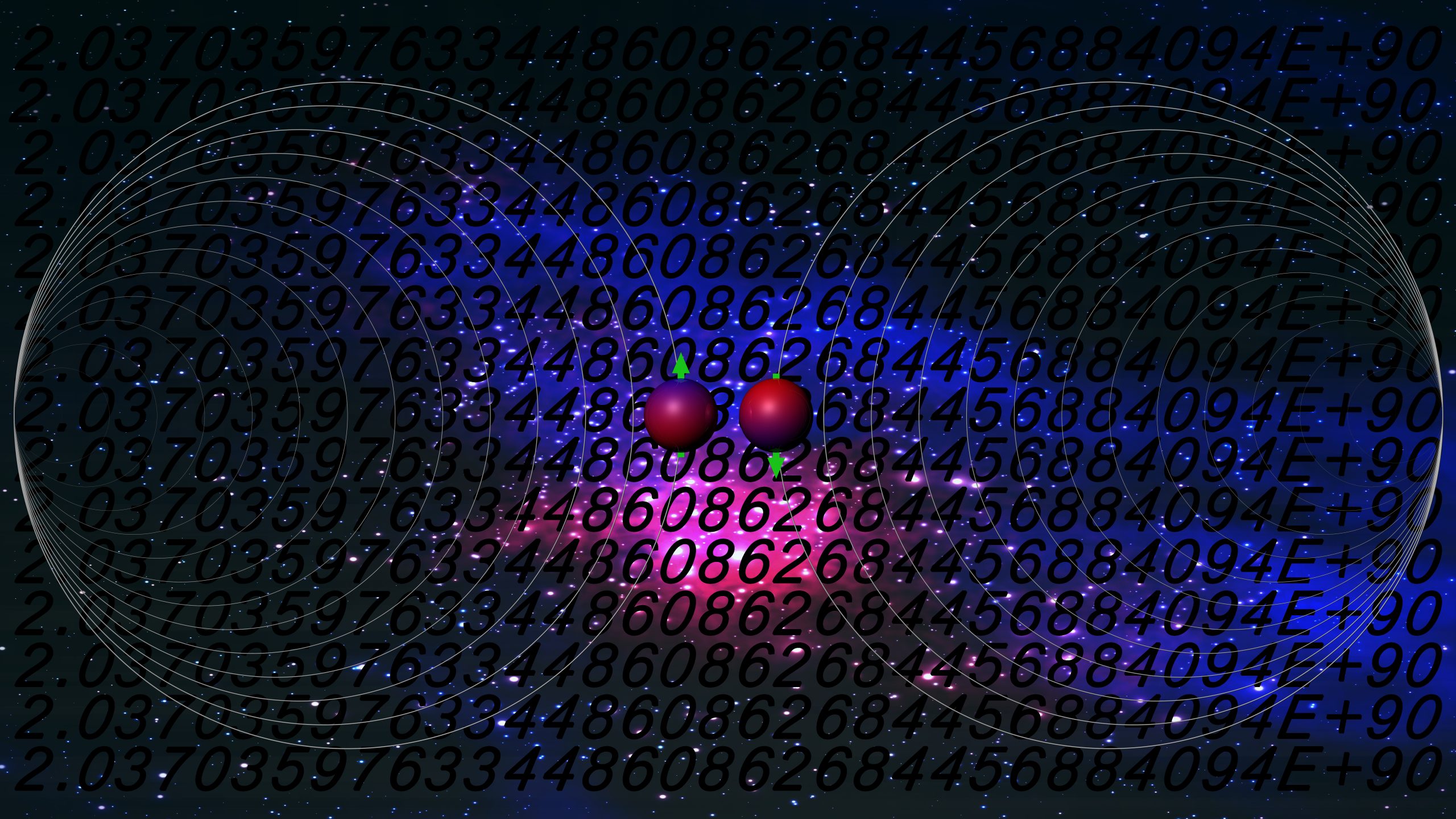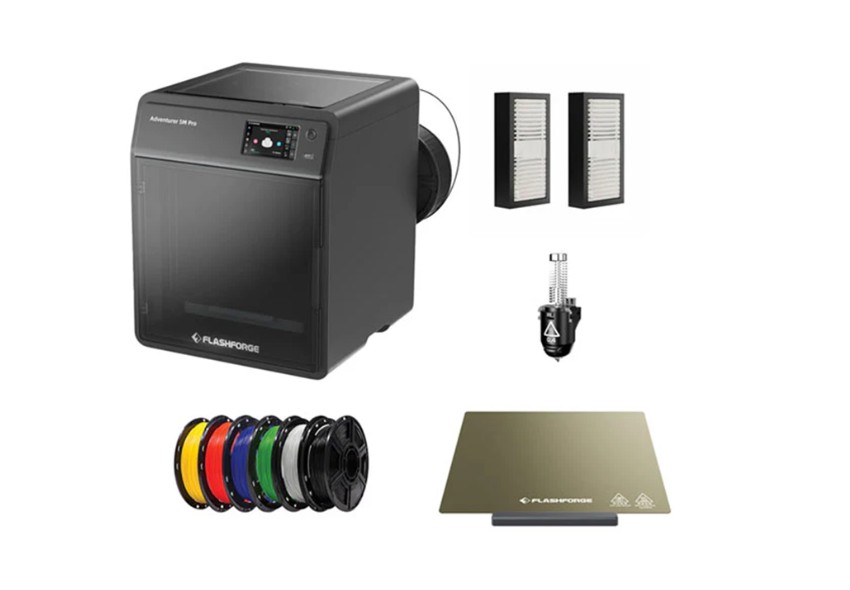A Look at the Evolution of Quantum Technology and Patents

 Towards the end of 2019, I was finishing a book, AI Concepts for Business Applications. The last chapter was titled, “The Future.” I wrote about quantum computing and a version of deep learning that was related: a “quantum walk neural network.”
Towards the end of 2019, I was finishing a book, AI Concepts for Business Applications. The last chapter was titled, “The Future.” I wrote about quantum computing and a version of deep learning that was related: a “quantum walk neural network.”
In 1980, the idea of a quantum processing unit was proposed. Such a processing unit doesn’t use the 1s and 0s with which we’re familiar. That “classical” way of thinking is the way we think, with a 1 for true and a 0 for false, and combinations—for example, a “false positive.” Quantum computing is based on a “superposition” of states called “quantum bits” or “qubits” for short. But there’s a big difference between the way we think and the way nature behaves.
In 1981, the late Caltech professor, Richard Feynman (a Nobel Prize co-winner for his work with “quantum electrodynamics”) summed it up: “Nature isn’t classical, dammit, and if you want to make a simulation of nature, you’d better make it quantum mechanical, and by golly it’s a wonderful problem, because it doesn’t look so easy.”
Now, quantum computing is beginning to emerge. It started with hardware:
- In March of 2017, IBM announced an open Application Programming Interface (API) called IBM Q, where Q means quantum.
- In December of 2017, not to be outdone, Microsoft announced a preview version of a developer kit with a programming language called Q#.
- In January of 2018, the world of neural networks, which includes a convolutional neural network (CNN), primarily for images, and a recurrent neural network (RNN), primarily for text, expanded to include a Quantum Walk Neural Network (QWNN). The QWNN paper is entitled “Quantum Walk Inspired Neural Networks for Graph-Structured Data” was written by Stefan Dernbach (then a PhD student at the University of Massachusetts College of Information and Computer Sciences); Arman Mohseni-Kabir (then a graduate student in physics at UMass Amherst); Don Towsley (Dernbach’s PhD advisor); and Siddarth Pal (a scientist with BBN Raytheon Technologies).
In their Abstract, they wrote, “A QWNN learns a quantum walk on a graph to construct a diffusion operator which can be applied to a signal on a graph. We demonstrate the use of the network for prediction tasks for graph structured signals.”
Note the phrase “prediction tasks.” That’s what deep learning known for being able to do, that is, once trained with labeled data, a model “for the label” (or category or classification) is able to identify images or text from a blizzard of input the model’s never seen before, and yet find the needles that match to the model. Such models have become known as “prediction machines.”
- In March of 2018, Google’s Quantum AI Lab announced a 72-qubit processor called Bristlecone.
- On July 19, 2018, Google announced an open-source framework called Cirq (where the C is short for cryogenic) and plans for a Bristlecone cloud.
- On January 8, 2019, IBM announced IBM Q System One as the first integrated quantum system for commercial use.
- On February 21, 2019, Google announced a cryogenic controller that used only two milliwatts of power.
- In May 2019, Microsoft announced that, in the summer of 2019, it would open-source parts of its Quantum Developer Kit on GitHub, including the Q# compiler and quantum simulators.
- On October 23, 2019, in a Nature paper, Google announced “quantum supremacy.” The paper was entitled, “Quantum supremacy using a programmable superconducting processor.” As Google summarized the advance in the Abstract:
A fundamental challenge is to build a high-fidelity processor capable of running quantum algorithms in an exponentially large computational space. Here we report the use of a processor with programmable superconducting qubits2,3,4,5,6,7 to create quantum states on 53 qubits, corresponding to a computational state-space of dimension 253 (about 1016). Measurements from repeated experiments sample the resulting probability distribution, which we verify using classical simulations. Our Sycamore processor takes about 200 seconds to sample one instance of a quantum circuit a million times—our benchmarks currently indicate that the equivalent task for a state-of-the-art classical supercomputer would take approximately 10,000 years.” (Boldface added.)
From this much, you may gather that the field of quantum computing had finally made it to the launch pad of an “emerging technology.”
Quantum Computing Patents
With that history, let’s switch to patents. I’ve previously presented bar graphs for two emerging technologies: deep learning and blockchain. These graphs are based entirely on searching the U.S. Patent and Trademark Office’s (USPTO’s) patent database.
As before, I searched for a key word or phrase in the Claims field of the USPTO database. For the annual data, I searched the USPTO for “quantum computing” in the Claims and for the Issue Date on an annual basis. The bar graph for “quantum computing” is surprisingly similar to the bar graphs for deep learning and blockchain.
THE QUANTUM COMPUTING PATENT LAND RUSH

The total on November 16, 2021 was 322. Keep in mind that the 2021 total is for a partial year as of November 16. Since there are six more Tuesdays in 2021 (when new patents are announced), I’ll predict a year-end for 2021 of 150 or more.

If you compare this bar graph to the graphs for deep learning and blockchain, the conclusion is readily apparent. We are living in a time when deep learning, blockchain and quantum computing are rapidly emerging, and almost simultaneously. Wonders we cannot now foresee will come from these advances.
If readers know of yet another candidate for an emerging technology, please let me know in the comments below.

Nick Brestoff
is an attorney with two engineering degrees—a B.S. in Engineering Systems from UCLA and an M.S. in Environmental Engineering Science from the California Institute of Technology. He practiced law in California from 1975 – 2014 as a litigation specialist representing plaintiffs and defendants in both federal and state court. During the last 18 months of his career, he was “of counsel” to Cotman IP, a patent law firm in Pasadena, CA. He is also an inventor named on eight U.S. patents, as well as Founder of Intraspexion, a Delaware LLC that owns patented software to implement “deep learning” in the context of “threats or risks of interest” to avoid.








